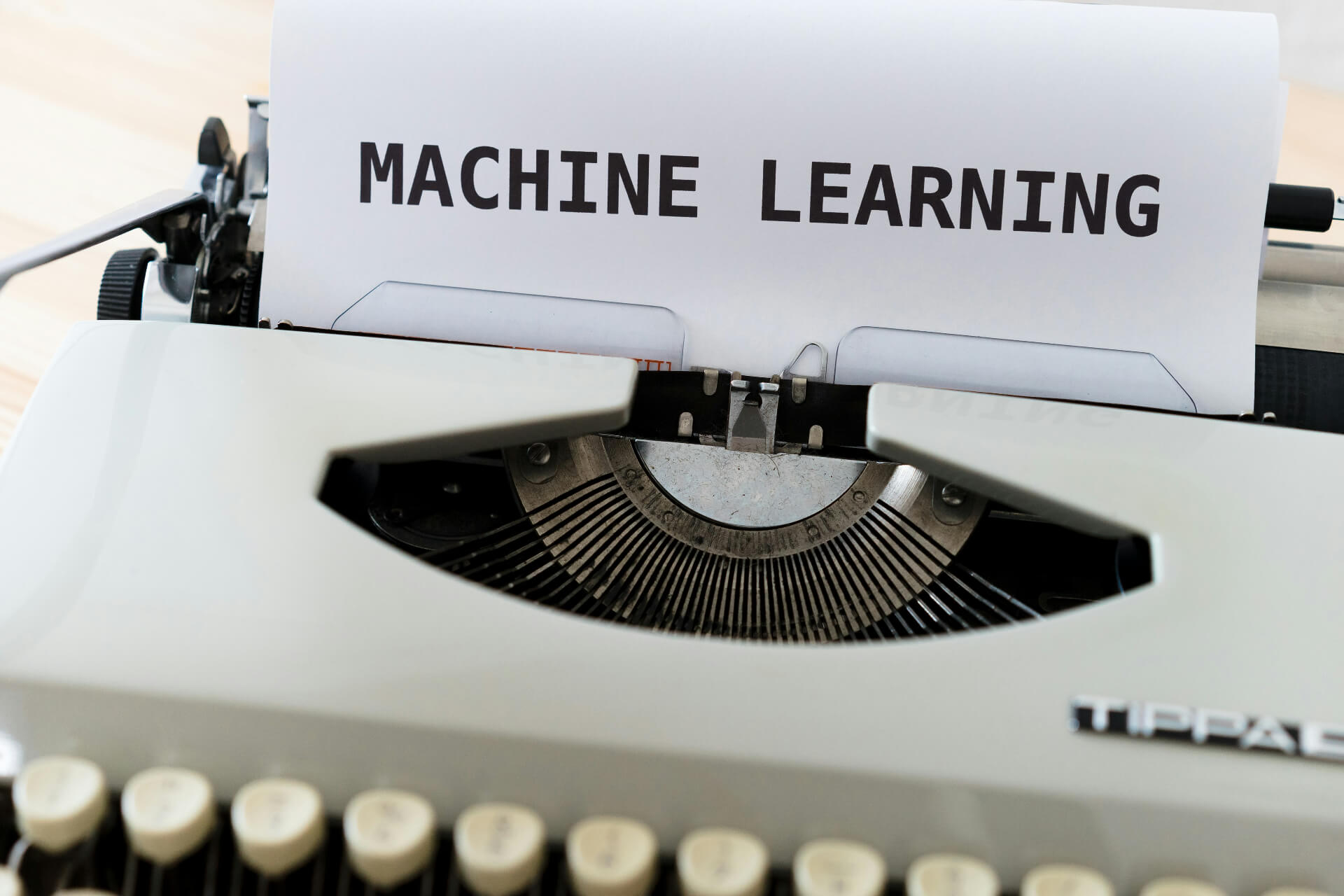
Top 8 Machine Learning Tools of 2023
October 25, 2022 - Emily Newton
Revolutionized is reader-supported. When you buy through links on our site, we may earn an affiliate commission. Learn more here.
What do Google search results and an inbox’s spam folder have in common? They both use machine learning to make routine processes easier. Even if individuals don’t realize it, machine learning tools influence many parts of everyday life.
Machine learning is one of the most influential technologies of the current time, so the tools that let people build and manage these algorithms are essential. Take a closer look at the top machine learning tools available in 2023.
A Basic Definition of Machine Learning
For those unfamiliar with technology, what is machine learning? IBM defines it as “a branch of artificial intelligence and computer science which focuses on the use of data and algorithms to imitate the way that humans learn, gradually improving its accuracy.”
In layperson’s terms, machine learning programmers teach these software systems how to learn and then prove them with data that allows them to continue learning and get more accurate over time. While it sounds relatively straightforward, many tools go into creating a functional machine learning system.
Types of Machine Learning
Programmers break machine learning into three main categories: supervised, unsupervised and reinforcement.
Unsupervised learning finds patterns hidden within the data without any output information or instruction from human programmers. Instead of determining how relationships within a data set influence outputs, these algorithms will learn and reveal what those relationships are. Many predictive models use unsupervised learning.
Supervised learning systems make decisions based on existing data. Programmers train these models by giving them known, labeled inputs and outputs, leaving it to the algorithm to find how to arrive at those outputs from the input data. Data scientists correct these models until they can consistently make accurate predictions from new inputs. The algorithm that determines whether an email is considered spam is a form of supervised learning.
Reinforcement learning is the closest to how humans learn. These algorithms use trial and error while interacting with their environment, rewarding approaches that work while discouraging those that don’t with negative feedback. Data scientists often use reinforcement learning to increase the accuracy of an existing system.
Amazing Machine Learning Tools of 2023
PyTorch
PyTorch is a free machine learning tool that works across Windows, Linux and macOS systems. A working knowledge of Python, C++ and CUDA will be necessary, but once someone learns those languages, this program is ideal for setting up a machine learning system. Its vast library and range of tools are particularly helpful for building neural networks.
PyTorch Lightning
While not technically a separate program, PyTorch Lightning is built on top of PyTorch. This machine learning tool is designed with research in mind, handling some common code structures so programmers can shift their focus elsewhere. It’s an incredibly flexible program that, while written in the same programming languages as PyTorch, requires less code than its namesake.
TensorFlow
TensorFlow may be one of the best-known machine learning tools and is similar to PyTorch but has some important distinctions. Like PyTorch, this free and open-source programming system has collected a massive online community of fans and contributors. It also supports several programming languages, like Python, Java and C++.
It contains several pre-built models to create simple solutions but may be a bit less user-friendly than PyTorch. The platform involves more coding than PyTorch, which some newer users may find challenging. However, with a bit more knowledge, it’s easy to use TensorFlow to create entire machine learning models from scratch.
Weka
Those more comfortable programming in Java than Python may find Weka is the machine learning tool for them. This free, open-source platform uses Java to help users with classification, regression and clustering models. It also provides easy-to-understand courses and resources for data mining and preparation.
While Weka is one of the more user-friendly options available, it’s not as popular. That may not be an issue for everyone, but it means there may be less documentation and community support.
KNIME
For systems that work with large volumes of data, KNIME is the perfect option. It operates on Mac, Linux and Windows systems and unlike many of the other programs on this list, KINME is Java based. Java falls just behind Python in terms of the most popular programming languages and many programmers find Java more efficient.
Despite its roots, KNIME supports many programming languages, including Python, JavaScript and C++. While its visualization options are more limited than some alternatives, it’s ideal for text and image mining applications.
Shogun
Shogun is a perfect choice if the primary focus is on reinforcement learning, regression or classification. This machine learning tool is another free C++-based machine learning tool that operates across many operating systems, including UNIX.
In addition to utilizing many operating systems, it supports several programming languages. It also has helpful customer support options, though its community support and libraries aren’t as extensive as options like PyTorch and TensorFlow.
Fast.ai
Fast.ai’s tagline, “Making neural nets uncool again,” might turn you off, but it’s one of the most useful machine learning tools today. It functions across multiple operating systems. It seems intimidating, but Fast.ai also offers a free online course that can introduce anyone to the ideas of machine learning without the need for any prerequisites.
IBM Watson Studio
Most of the machine learning tools on this list are ideal for individual users, but IBM Watson Studio offers a business-targeted solution. The platform brings several open-source tools into a single environment and offers drag-and-drop interfaces to make managing them easier. Because of its enterprise focus, Watson Studio shows customers how to achieve tangible results in business applications with their AI.
The downside to this scale and focus is Watson Studio comes at an enterprise-level cost. It’s not ideal for every user — especially individual machine learning enthusiasts — but it’s an excellent tool for business users.
Shaping the Future
Whether programmers like it or not, machine learning and the tools necessary to create these systems are beginning to evolve. The technologies are changing how humans interact with the data they generate and rely on so heavily. Keeping up to date with how these tools shift and advance is a critical step in fully capitalizing on machine learning.
Revolutionized is reader-supported. When you buy through links on our site, we may earn an affiliate commission. Learn more here.
Author
Emily Newton
Emily Newton is a technology and industrial journalist and the Editor in Chief of Revolutionized. She manages the sites publishing schedule, SEO optimization and content strategy. Emily enjoys writing and researching articles about how technology is changing every industry. When she isn't working, Emily enjoys playing video games or curling up with a good book.







